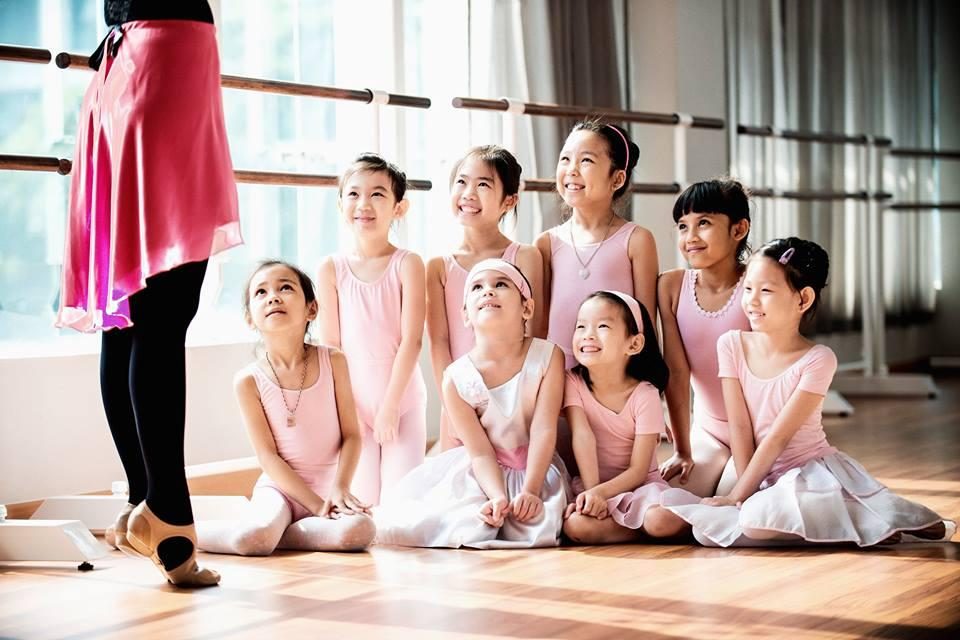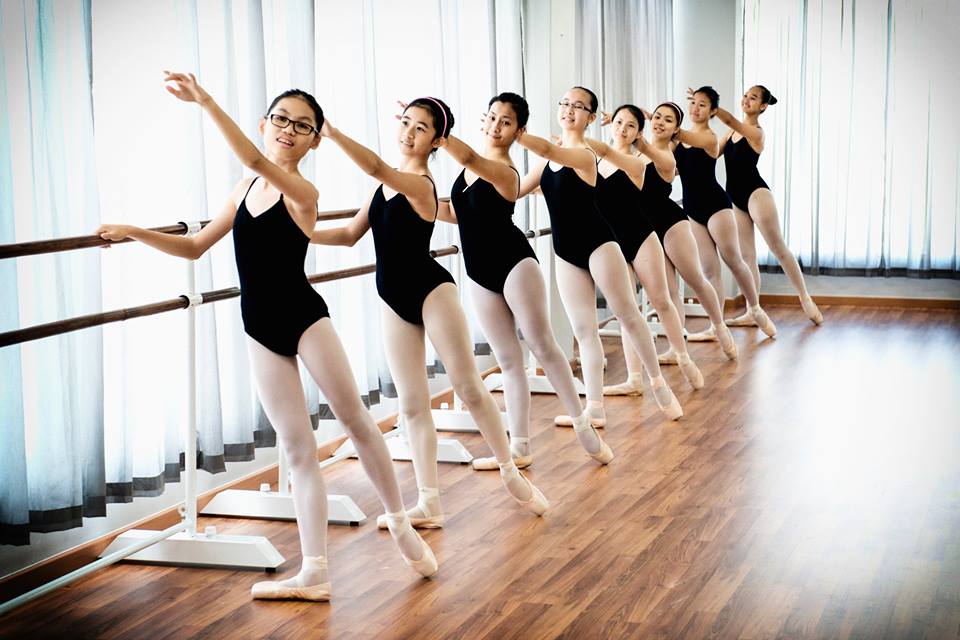
Ballet for Kids: Best Age To Start, Level Placement, & Benefits
by on 02/08/2025 12081

Ballet has something for everyone to admire. The choreography, the music, even the tutus, tulle and feathers. It is no wonder why many dream of becoming a ballerina and opt for ballet as their first choice when it comes to enrolling for dance classes. It is after all the basic foundation for most dance forms. Everything learnt in ballet including the alignment, values, techniques and musicality are transferable to other dance styles like modern fusion, jazz and contemporary.
What started out as a classical form of entertainment of the noble courts is now befit for anyone and everyone. Regardless of age, fitness level, body size and gender, yes even boys can learn ballet, anyone can enjoy the beauty of ballet and reap the many benefits that come with it. Though many parents may think the sooner kids start taking up dance, the better the results. While it may hold true to learning in general, however, for ballet, it could be best to wait until they are at least 3 years of age to start enrolling them for pre-ballet classes. As most three-year-olds tend to have weaker bones and a shorter attention span.
Level Placement
Young dancers generally start learning ballet in a group setting within a local dance academy. They will be placed in classes based on age, experience and ability, building skills alongside their peers. Classes progressively move from basic positions, techniques and alignment to more advanced combinations that incorporate jump and pirouette (whirl about) sequences. The learning framework is underpinned by a structured syllabus developed by the Royal Academy of Dance (RAD) to enable dancers to progress through training in planned stages, as well as opportunities for learners to become professional dancers.
Learners have the option to train without formal examinations or move through eight graded levels and six vocational levels, or they can study both simultaneously.
- RAD Graded Syllabus
This syllabus consists of classical dance work, free style movements and character dance. Examinations provide a basis of measurement for every individual dancer’s progress and development. Students aged 6 years and above may be assessed in graded exams from Pre-Primary to Grade 8. There is no maximum age limit for exam candidates.
- RAD Vocational Syllabus
These intermediate and advanced levels of dance training provide an in-depth study of ballet and develop learner’s expertise to pursue ballet professionally. The study of this syllabus requires high levels of commitment and is physically demanding. The recommended minimum age for exam candidates is 11 years. This is to ensure that students are physically well developed to cope with the greater workload.
- Non-syllabus Classes
For those who do not wish to go through formal examinations have the option to learn through non-syllabus ballet classes. These lessons are similarly designed to develop student’s physical skills and expression, and can also prepare for a successful transition to other styles of dance.

Image: Amare Dance Academy
Ballet Benefits
Viewers may be deceived by how gracefully ballet dancers seem to float through the air, and spin and twirl on their tippy toes. These movements require a great deal of strength, body control and training behind the scenes. Besides the obvious benefits it brings physically, ballet training also strengthens other aspects of life positively. It increases self-confidence and self-esteem, improves coordination and control, sharpens one’s mental processing ability, and heightens the appreciation of music. Above all, dancers get to meet people with similar interests and have fun.
Performances
If you are looking to be inspired and entertained by the artistic excellence of a ballet performance, do check out http://mpo.com.my for seasonal ballet presentations. Book your tickets for the upcoming musical tale of “Tutus, Tiaras and Toads” here. It will feature classics like Sleeping Beauty, The Nutcracker and Swan Lake. The performance date is set on 12 May 2019.




















